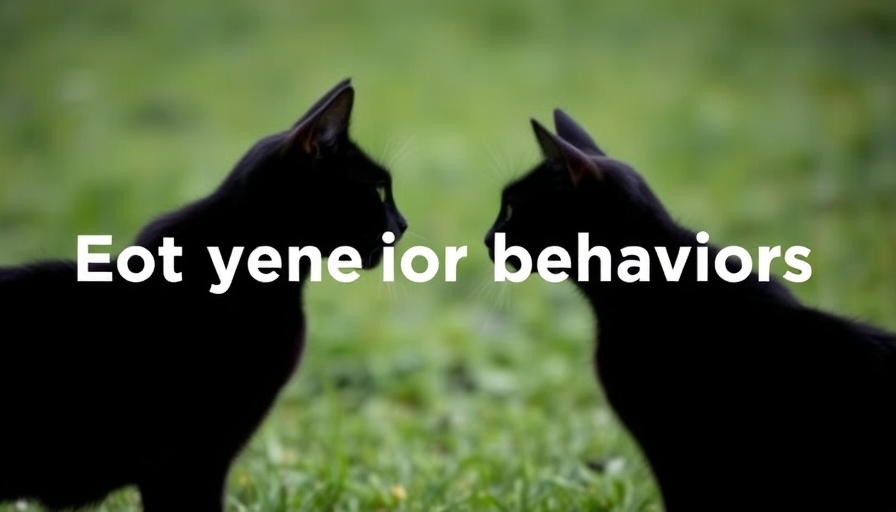
Understanding Normalcy Bias in Veterinary Care
The concept of normalcy bias refers to a cognitive bias that causes people to believe that things will continue as they have in the past, even when there are signs of impending danger. In the context of veterinary practices, this can lead to dire consequences, particularly when facing threats like the New World screwworm (NWSW). As Dr. Christopher Lee explained in a recent Vet Watch update, it is crucial for veterinary professionals to recognize and address their biases to ensure they provide the best care for their patients.
Why Vigilance is Key for Vet Professionals
When clients have pets that have been healthy for years, it is easy to dismiss minor changes such as a lack of appetite, attributing them to old age rather than potential health concerns. Normalcy bias may cause pet owners to ignore these early warning signs. By educating clients about threats such as NWSW, veterinary professionals can encourage them to be proactive rather than reactive.
Practical Steps to Combat Normalcy Bias
Dr. Lee outlined actionable steps that veterinary teams can take to remain vigilant against NWSW. First, submitting cases of suspected active myiasis to labs for identification is critical. Knowledge is power; by recognizing screwworm larvae early, veterinarians can intervene before it's too late. Moreover, recommending year-round protection for pets with isoxazines can combat these pests effectively, thereby safeguarding patients and ensuring better outcomes.
The Larger Implication: Public Health Education
Understanding issues of normalcy bias expands beyond individual practices. Veterinary teams have an opportunity to serve as communication hubs that educate pet owners and the general public about emerging health threats. Utilizing their knowledge, veterinarians can spread awareness and develop community resilience against diseases such as NWSW. This proactive approach can significantly impact not just animal health but also public health.
Get Involved Today
As a community of veterinary professionals, recognizing the impact of normalcy bias is a step toward heightened preparedness. It's time to act, educate, and reshape our approach to pet health. Embracing the potential of technology and spreading awareness will ensure that veterinary practices remain at the forefront of protection against health threats. Your efforts today can save lives tomorrow.
 Add Row
Add Row  Add
Add 




Write A Comment